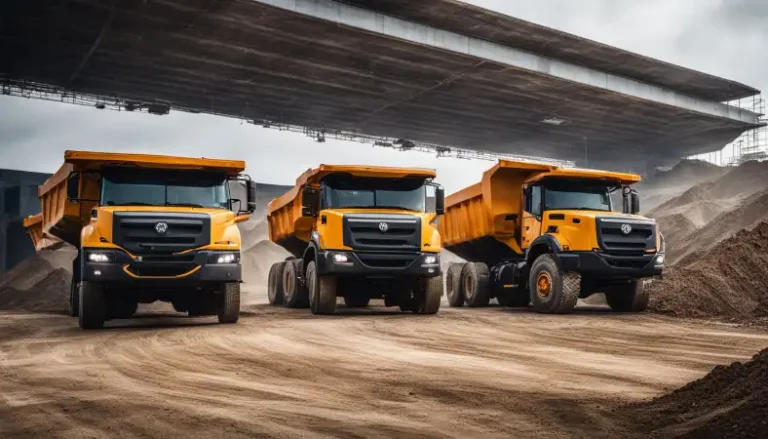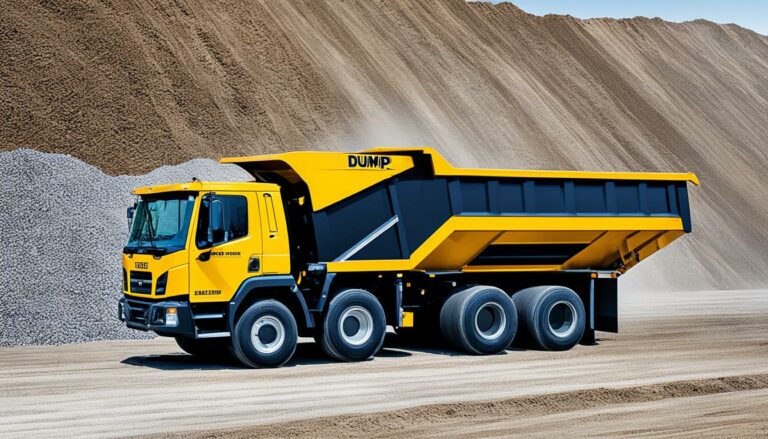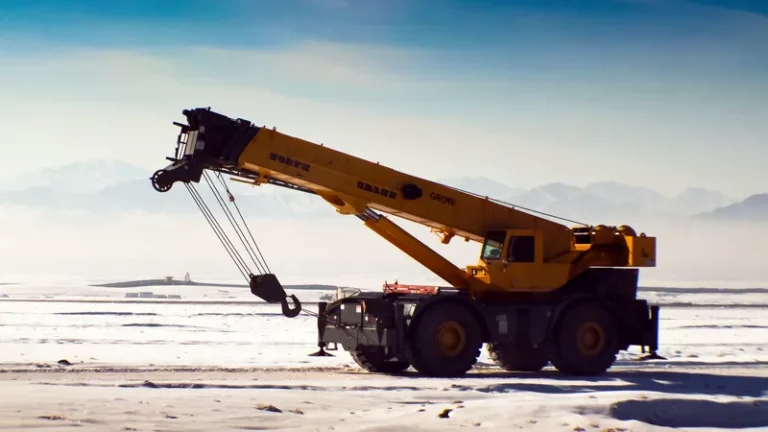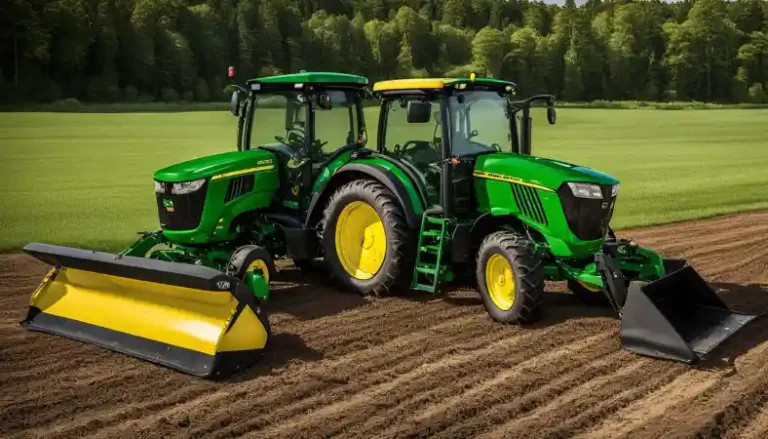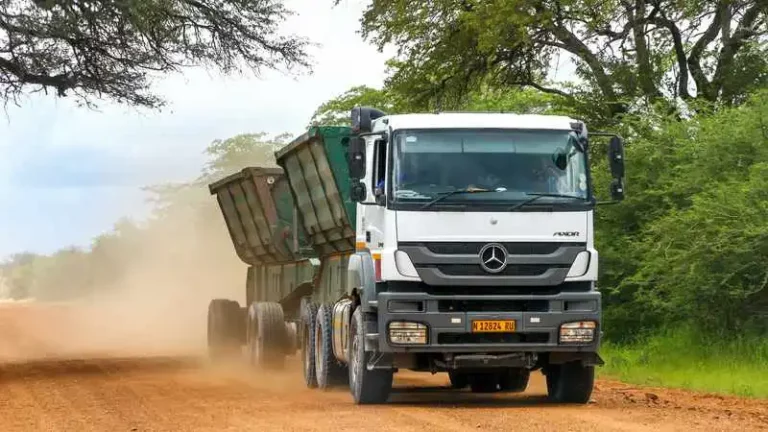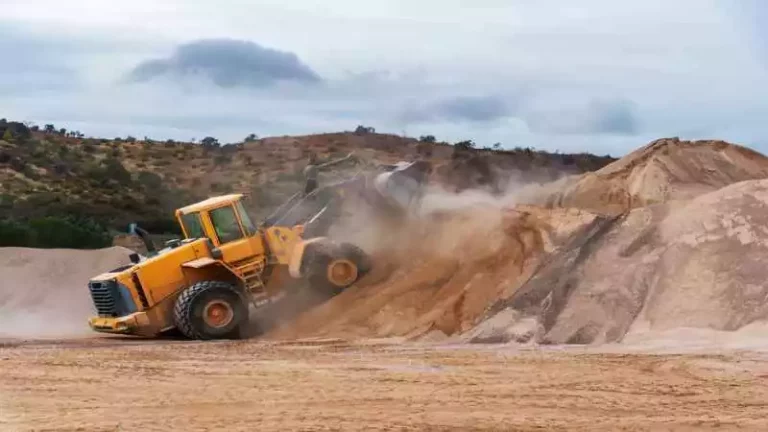Regarding heavy-duty hauling in the construction and mining industries, dump trucks and haul trucks are two of the most commonly used vehicles. While both are designed to transport large amounts of material, some key differences can impact their suitability for specific applications.
Dump trucks are designed to quickly unload loose materials, while haul trucks are built to transport heavier loads over longer distances in rough terrain. The right choice depends on your specific hauling needs.
Dump trucks are known for their ability to quickly and efficiently unload large volumes of loose material, such as sand, gravel, and dirt. On the other hand, haul trucks are built for transporting heavier loads over longer distances, often in rough terrain. This article will explore the key differences between dump trucks and haul trucks and help you determine which one may be better for your specific hauling needs.
Introduction: Understanding Dump Trucks and Haul Trucks
Dump and haul trucks are heavy-duty vehicles that transport materials in various industries. The key difference between the two is the type of material they are designed to transport.
Dump trucks are designed to haul loose materials, such as sand, gravel, and dirt, which can be unloaded quickly and efficiently from the truck bed. These trucks are often used in construction projects and landscaping jobs, where they need to transport large volumes of material over relatively short distances.
Haul trucks, however, are designed for transporting heavier loads over longer distances. They are typically used in mining and quarrying operations, transporting large amounts of raw materials, such as coal, iron ore, and limestone, from the mine or quarry to the processing plant.
Haul trucks are also used in large-scale construction projects, such as building dams and highways, where they can transport heavy equipment and materials to the job site. Because of their large size and capacity, haul trucks require skilled operators and specialized training to operate safely and efficiently.
Dump Trucks: Features, Advantages, and Limitations
Dump trucks are heavy-duty vehicles that transport loose materials such as sand, gravel, and dirt. One of the main features of dump trucks is their open-box bed, which can be lifted or tilted to unload the material quickly and efficiently. The advantages of using a dump truck include:
- Versatility: Dump trucks can be used in various industries, including construction, landscaping, and mining.
- Easy to Operate: Dump trucks are relatively easy to operate and require minimal training.
- Faster Unloading: Dump trucks can unload materials quickly, reducing the time required to complete a job.
- Lower Cost: Dump trucks are often less expensive than other types of hauling equipment, making them a more affordable option for small businesses.
Despite their many advantages, dump trucks also have some limitations to consider:
- Limited Capacity: Dump trucks have a maximum capacity and cannot transport larger loads of material.
- Limited Hauling Distance: Dump trucks are best suited for hauling materials over shorter distances.
- Weather Conditions: Dump trucks may not be suitable for wet or icy conditions, as they can become stuck in mud or snow.
Haul Trucks: Features, Advantages, and Limitations
Haul trucks are heavy-duty vehicles designed for transporting heavier loads over longer distances. They are commonly used in mining, quarrying, and large construction projects. The main features of haul trucks include their large size and capacity and ability to navigate rough terrain. Some of the advantages of using a haul truck include:
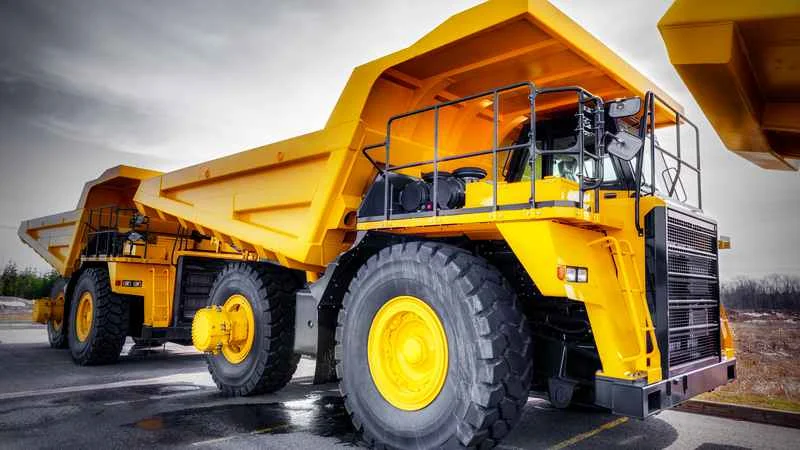
- Large Capacity: Haul trucks are designed to transport larger loads of material than dump trucks.
- Greater Hauling Distance: Haul trucks can transport materials longer distances than dump trucks.
- Durability: Haul trucks are built to withstand harsh conditions and heavy use.
- Versatility: Haul trucks can be used in various industries, including mining, quarrying, and construction.
Despite their many advantages, haul trucks also have some limitations to consider:
- High Cost: Haul trucks are often more expensive than other types of hauling equipment, making them a less affordable option for small businesses.
- Specialized Training: Haul trucks require skilled operators and specialized training to operate safely and efficiently.
- Maintenance Costs: Haul trucks require regular maintenance to keep them in good working order, which can be costly.
Comparing Dump Trucks and Haul Trucks: Key Differences
Dump and haul trucks have several key differences that make them better suited for different hauling tasks. Here are some of the main differences to consider:
- Type of Material: Dump trucks are designed to haul loose, non-cohesive materials such as sand, gravel, and dirt, while haul trucks are built to transport heavier loads of materials such as coal, iron ore, and limestone.
- Capacity: Haul trucks can transport much larger loads than dump trucks, making them more efficient for long-distance hauling.
- Terrain: Haul trucks are designed to navigate rough terrain, while dump trucks are best suited for hauling on flat or relatively smooth surfaces.
- Unloading Method: Dump trucks have an open-box bed that can be tilted or lifted to unload the materials quickly, while haul trucks often have a bottom or side dump feature.
- Cost: Haul trucks are generally more expensive to purchase and maintain than dump trucks.
- Operator Training: Haul trucks require specialized training to operate safely and efficiently, while dump trucks are relatively easy to operate and require minimal training.
Choosing the Right Truck for Your Needs: Factors to Consider
When choosing between a dump truck and a haul truck for your hauling needs, several factors must be considered to determine the right choice for your business. Here are some of the main factors to consider:
- Type of Material: The material you must transport is the most important factor when choosing a truck. Dump trucks are best suited for loose, non-cohesive materials such as sand, gravel, and dirt, while haul trucks are better for heavier materials such as coal, iron ore, and limestone.
- Distance: The distance the material needs to be transported is also an important consideration. Haul trucks are better for long-distance hauling, while dump trucks are best for shorter distances.
- Terrain: The terrain where the hauling will occur is also important. Haul trucks are designed to navigate rough terrain, while dump trucks are best suited for hauling on flat or relatively smooth surfaces.
- Capacity: The amount of material that needs to be transported is another important consideration. Haul trucks can transport much larger loads than dump trucks, making them more efficient for larger jobs.
- Cost: The cost of the truck and associated maintenance and operating expenses is an important factor to consider, as haul trucks are generally more expensive to purchase and maintain than dump trucks.
- Operator Training: The level of operator training required is also important. Haul trucks require specialized training to operate safely and efficiently, while dump trucks are relatively easy and require minimal training.
Case Studies: Real-Life Examples of Dump Trucks and Haul Trucks in Action
To better understand the differences between dump trucks and haul trucks and their applications, let’s take a look at some real-life examples of these vehicles in action:
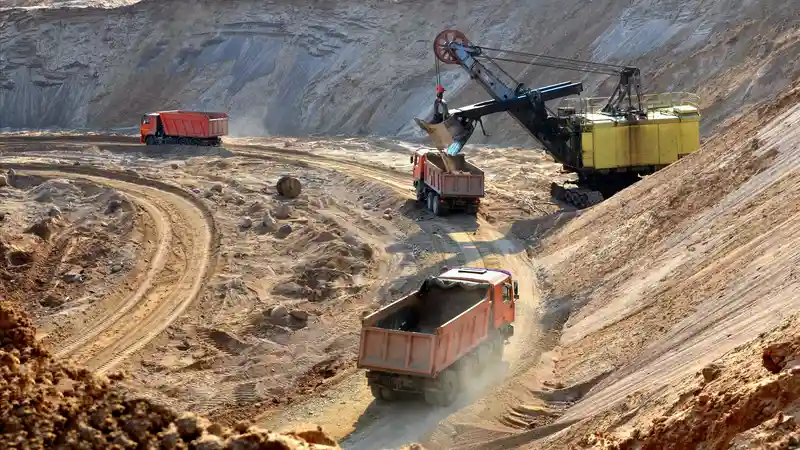
- Mining Operations: Haul trucks are commonly used in large-scale mining operations to transport heavy raw materials from the mining area to the processing plant. For example, the Caterpillar 797F is a haul truck that can carry up to 400 tons of material and is used in mining operations worldwide.
- Road Construction: Dump trucks are commonly used in road construction projects to transport gravel, sand, and asphalt to the job site. For example, the Mack Granite dump truck is popular with road construction companies due to its durability and versatility.
- Landscaping Projects: Dump trucks are also commonly used in landscaping projects to transport materials such as topsoil, mulch, and rocks. For example, the Ford F-550 dump truck is popular with landscaping companies due to its size and maneuverability.
- Large-Scale Construction Projects: Haul trucks are often used in large-scale construction projects, such as building dams and bridges, to transport heavy equipment and materials to the job site. For example, the Komatsu 930E is a popular haul truck used in construction due to its large capacity and durable design.
By examining these real-life examples, we can see how dump trucks and haul trucks are used in various industries and applications and how the right vehicle choice depends on each job’s specific needs.
Maintenance and Safety: Best Practices for Truck Operators
Maintenance and safety are critical aspects of operating dump and haul trucks. Regular maintenance helps to ensure that the trucks are functioning properly and operating safely, while following best safety practices can help prevent accidents and injuries. Here are some best practices for maintenance and safety for dump truck and haul truck operators:
- Regular Maintenance : Regular maintenance should be performed on dump trucks and haul trucks to keep them in good working order. This includes checking the brakes, tires, and engine and performing regular oil changes and other routine maintenance tasks.
- Daily Inspections: Drivers should perform daily inspections of their trucks before operating it, including checking the brakes, lights, and tires. Any issues should be addressed before driving the truck.
- Proper Loading: Dump trucks and haul trucks should be loaded properly to ensure that the weight is evenly distributed and the load is secured. Overloading a truck can cause it to tip over or become unstable, which can be dangerous.
- Safe Driving: Operators should follow safe driving practices, including obeying traffic laws, avoiding distractions, and adjusting their speed to match the road conditions.
Operator Training: Drivers of haul trucks should receive specialized training to operate the vehicle safely and efficiently. This includes training on how to handle the vehicle on rough terrain and how to properly load and unload the materials.

